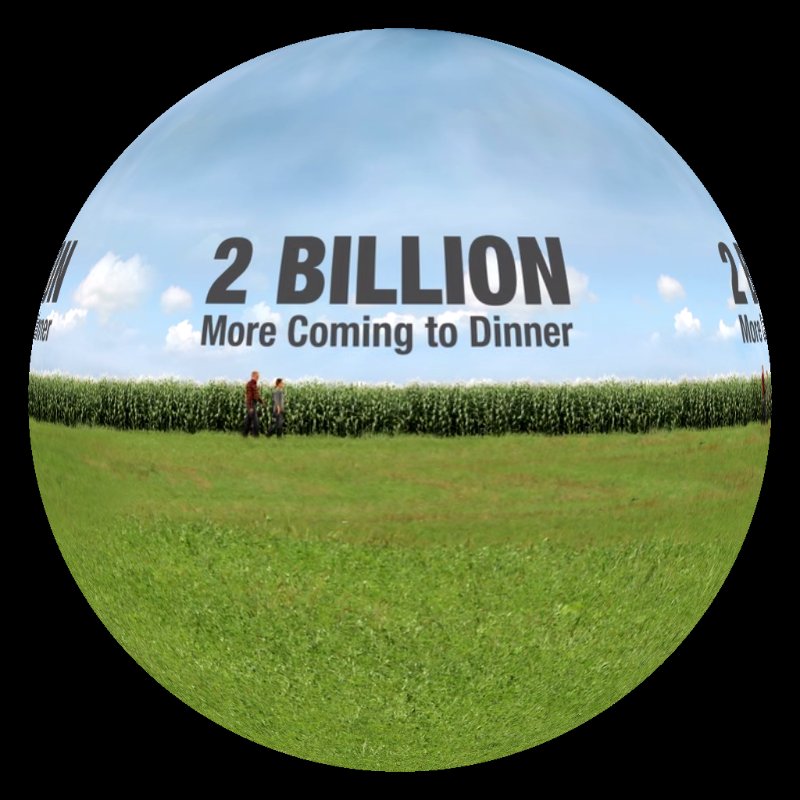2 Billion More Coming to Dinner

This video uses a skit along with global data to explain how our current agricultural system is unprepared to handle population growth projections. Unequal distribution of wealth is also a key factor in hunger and food insecurity.




